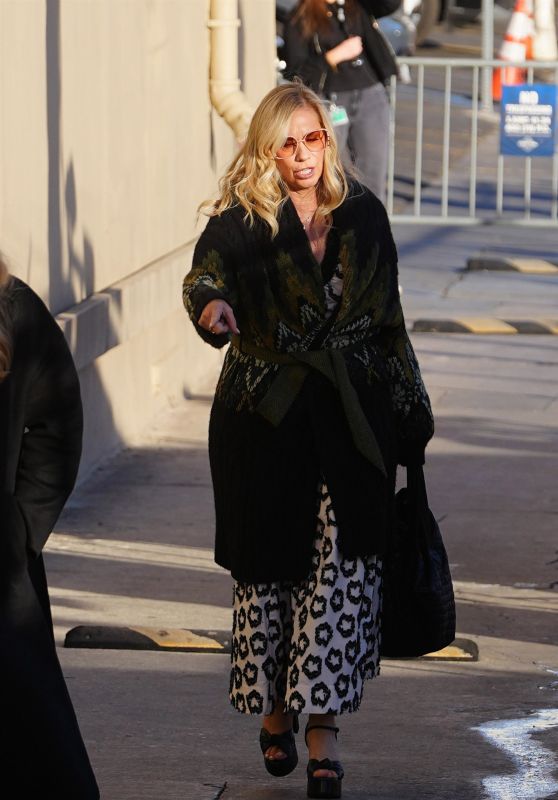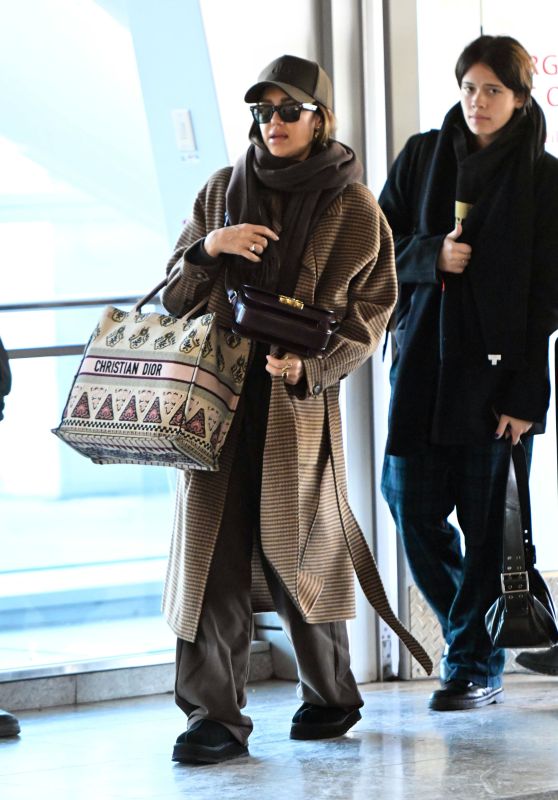Samurai stories, an essential genre of Japan’s film industry since its inception, have been enjoying a global resurgence lately.
FX and Disney’s smash-hit period series Shogun, produced by and starring veteran Japanese actor Hiroyuki Sanada, became the most honored drama in Emmys history last month, winning in more categories in a single year than any show in TV history. The series, a painterly period drama about the struggle for power at the dawn of Japan’s Edo period, also became Disney+ and Hulu’s globally most-watched show ever.
Despite Shogun‘s phenomenal success, however, fans — and Disney’s content execs — will have to wait quite a while for more. Shogun has been renewed for two additional seasons, but the first season was based on James Clavell’s best-selling novel from 1975, and the show’s story arc concluded right where the author’s book ends. FX and Shogun‘s co-creators Justin Marks and Rachel Kondo are taking a considerable risk by extending the franchise’s story without any pop-classic pre-existing material to rely on — and getting another 10 episodes written, shot, and ready for release could take many months if not years (production is loosely estimated to begin in summer 2025).
Luckily for fans turned on by Shogun to the cunning machinations of feudal Japanese lords, swordsmen, concubines and ladies in waiting, the well of samurai storytelling that inspired Shogun and Clavell’s book is very deep indeed. Samurai television and filmmaking, referred to as jidaigeki in Japanese (which translates as ‘period drama’), spans multiple sub-genres and dates back over 100 years, saddling Japan’s so-called Golden Age of filmmaking — the post-War period of the 1950s and 1960s, when a remarkable number of masterpieces were created.
To help tide Shogun fans over, The Hollywood Reporter asked the Tokyo International Film Festival’s artistic director Shozo Ichiyama to select 10 of his favorite samurai movies from across film history. Ichiyama, a film buff of the highest order who says he watches about 700 movies every year, is also a veteran movie producer and a visiting professor at Tokyo University of the Arts. His recommendations are alphabetized and listed below. Happy watching.

13 Assassins by Eiichi Kudo (1963)
“This is a masterpiece of Toei Group’s period dramas from the 1970s — and one that influenced the Tokyo International Film Festival‘s opening movie this year, Eleven Rebels, says Ichiyama. 13 Assassins takes place in 1844 during the Tokugawa shogunate — the tail end of the period after the events lightly fictionalized and depicted in FX’s Shogun — and it follows a troupe of assassins who vow to kill a dissolute Lord who’s selfish and feckless conduct is causing disgrace to the bushido honor code of the samurai class. The story later received a critically acclaimed remake by contemporary director Takashi Miike in 2010.
Hero of the Red-Light District by Tomu Uchida (1960)
Says Ichiyama: “A work by a master of period dramas, Tomu Uchida, starring the great star Kataoka Chiezo and depicting a tragedy that unfolds in the glamorous scenery of Yoshiwara.” The film tells the story of a successful textile merchant who can’t find a wife because of a disfiguring birthmark on his face. When he encounters an enslaved street prostitute who treats him with kindness, he falls in love and vows to free and marry her — leading to a tragic downfall.
Humanity and Paper Balloons by Sadao Yamanaka (1937)
“This is the last work of the genius director Sadao Yamanaka, who died at the age of 29 during World War II,” according to Ichiyama. “The lives of various people intersect in a tenement house.” A treasured jidaigeki classic in Japan, the film depicts the harsh realities of life under the shogunate. It is believed to have upset the country’s imperial government at the time of its release, potentially leading to Yamanaka’s assignment to the battlefront in China — where he died — as retribution for his anti-patriotic sentiments. Even today, nearly 90 years since its release, the film contains a sharp social critique while also being an undeniably entertaining piece of moviemaking.
Kenki by Kenji Misumi (1965)
“A work set in a beautiful rural landscape depicting the tragedy of a kind-hearted man who is groomed to be a hitman by Ichikawa Raizo, a great star of period dramas.” Misumi’s work is fairly well known internationally thanks to his creation of the Lone Wolf and Cub movie series and the long-running jidaigeki saga about the blind swordsman Zatoichi. A rise and fall saga, Kenki tells the tale of a man who goes from peacefully farming flowers to much darker deeds after he masters a special sword-fighting technique.

Daimajin (aka Majin, Monster of Terror) by Kimiyoshi Yasuda (1966)
“A masterpiece of monster period dramas inspired by the legend of the Golem,” says Ichiyama. “Its cruel depictions traumatized many children when it was released.” Part jidaiki, part tokusatsu (a genre of live-action Japanese film that relies heavily on practical special effects — Godzilla being the most famous example), Daimajin tells the story of a wrathful spirit (the eponymous Daimajin) sealed inside an enormous ancient statue, which comes to life to help the surviving children of a slain lord.
Peony Lantern by Satsuo Yamamoto (1968)
A luminous, deeply unsettling adaptation of a classic ghost tale, this gothic period drama set during the samurai days depicts the consequences of falling for and fraternizing with the dead (i.e., no sword can save you). The lesson here is that samurai cinema can also be creepy beyond compare. Says Ichiyama: “A representative work of many ghost stories set in the Edo period. The ghosts floating in the air are terrifying.”
Red Lion by Kihachi Okamoto (1969)
“Like Eleven Bandits, this is a samurai classic depicting the last resistance of people who are being duped and double-crossed during the wars of the Meiji Restoration.” The film stars the peerless Toshiro Mifune — wearing a huge, fluffy red wig, no less — as a samurai who becomes a pawn in a political power struggle when he’s sent to his hometown to announce the emperor’s latest tax cuts.

Samurai Rebellion by Masaki Kobayashi (1967)
“A true masterpiece representative of the dark period dramas depicting the absurdity of feudal society,” says Ichiyama. Another Mifune starrer — has any actor ever had greater swagger? (Hint: no) — this Criterion Collection staple tells the story of a quiet swordsman forced to finally stand up against the craven injustices of his Lord. One of the undisputed greats of Japanese cinema’s Golden Age, Kobayashi’s other beloved works include the samurai masterpiece Harakiri (1962), epic trilogy The Human Condition and the deeply influential horror anthology Kwaidan (1964).
Singing Lovebirds by Masahiro Makino (1939)
“A representative work of musical comedy jidaigeki, which were produced in great numbers in the past but since have become rare.” Makino famously made this charming film in just two weeks when the star of another movie he was making came down with appendicitis. The movie features Takashi Shimura, best known as the lead samurai in Akira Kurosawa’s Seven Samurai, in a singing part. Picture a lighthearted musical rom-com set in the brutal world of feudal Japan, complete with an umbrella-swinging dance routine.
Throne of Blood by Akira Kurosawa (1957)
“While I am aware that Seven Samurai is the masterpiece often picked for such lists, I recommend this adaptation of Macbeth as my representative Kurosawa work,” says Ichiyama. Despite being transposed into an entirely new cultural context, Kurosawa’s film — starring Mifune as the murderous Macbeth, or his Japanese analog, the samurai warrior Taketoki Washizu — is widely considered among the very greatest cinematic adaptations of Shakespeare’s play (including according to the late, great literary critic Harold Bloom, who called it “the most successful film version”).





















 English (US) ·
English (US) ·